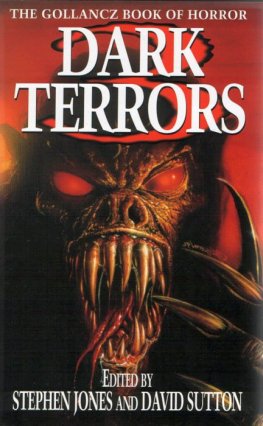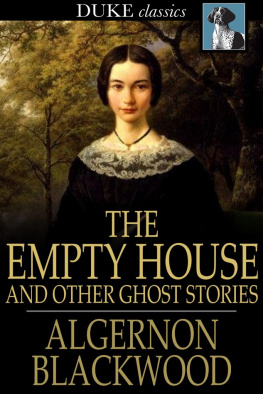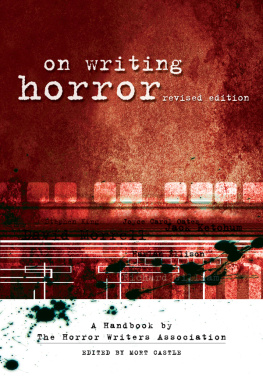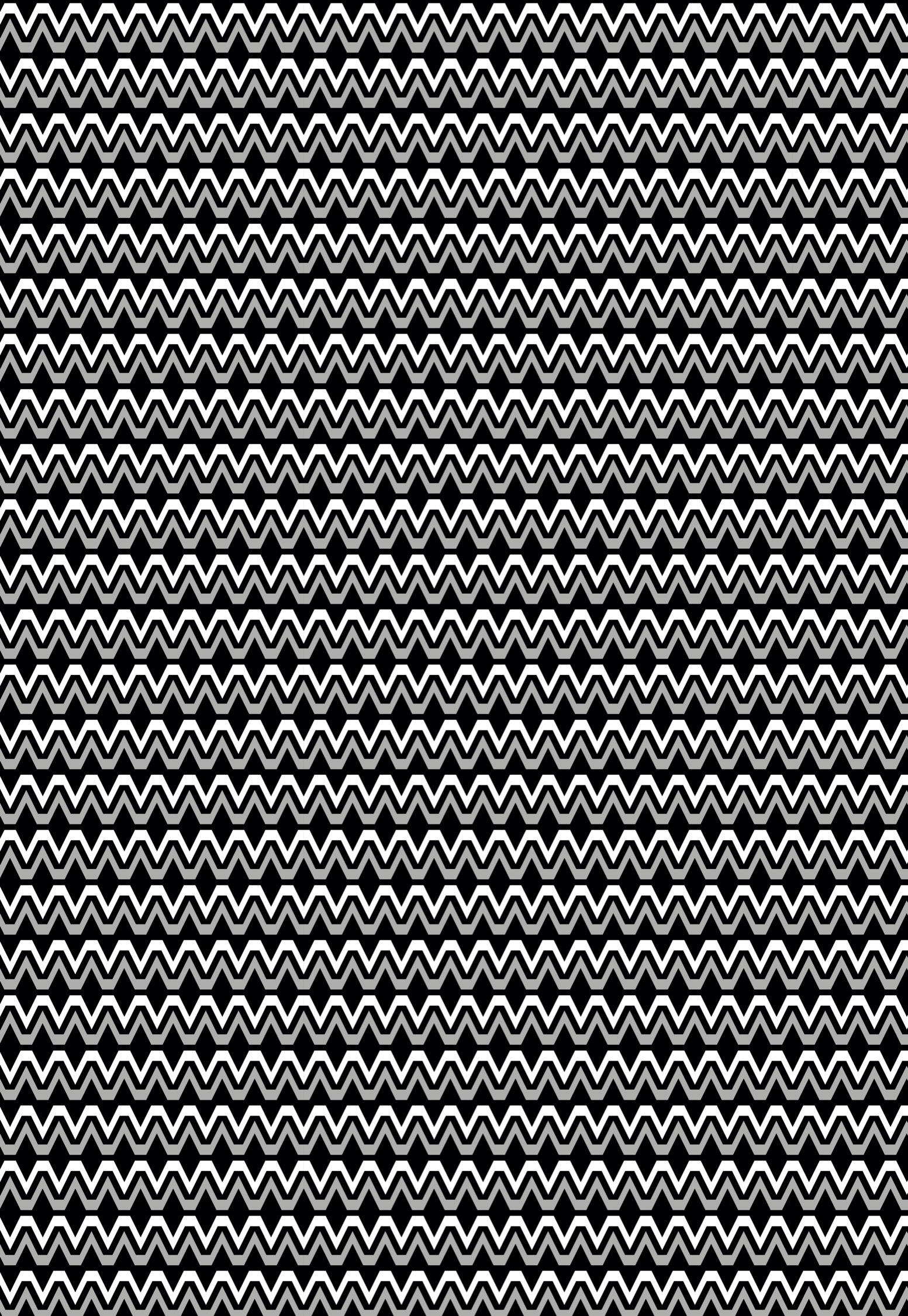
Whats next on
your reading list?
Discover your next
great read!
Get personalized book picks and up-to-date news about this author.
Sign up now.
_138768953_

PENGUIN WORKSHOP
An Imprint of Penguin Random House LLC, New York
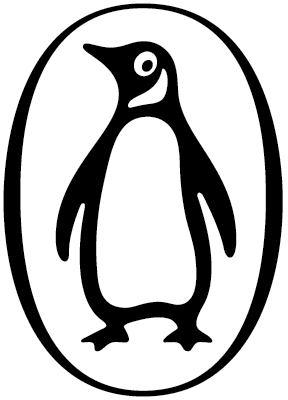
Penguin supports copyright. Copyright fuels creativity, encourages diverse voices, promotes free speech, and creates a vibrant culture. Thank you for buying an authorized edition of this book and for complying with copyright laws by not reproducing, scanning, or distributing any part of it in any form without permission. You are supporting writers and allowing Penguin to continue to publish books for every reader.
Text copyright 2021 by Penguin Random House LLC. Illustrations copyright 2021 by Karl James Mountford. All rights reserved. Published by Penguin Workshop, an imprint of Penguin Random House LLC, New York. PENGUIN and PENGUIN WORKSHOP are trademarks of Penguin Books Ltd, and the W colophon is a registered trademark of Penguin Random House LLC.
Visit us online at www.penguinrandomhouse.com.
Library of Congress Control Number: 2021026615
Ebook ISBN 9780593385142
pid_prh_6.0_138768953_c0_r0
CONTENTS
FOREWORD
DANIELLE VEGA
Picture this: a campfire in the deep woods, leaping flames, crackling logs and, just beyond, the perfect dark of night. Now, this is where youre going to have to use your imagination, because this isnt the kind of dark that you and I are used to. Its the dark of a world before electric lights and skyscrapers, before interstates and the internet. Its uninterrupted, velvet black. The kind of darkness that couldand often didhide absolutely anything.
This is where the first scary stories were told. People gathered around those fires to tell stories about what would happen if you journeyed beyond the safety of your village or tribe, if you tempted fate, or if you got lost in the woods. Im always skeptical when someone tells me they arent a fan of horror, because I believe that telling scary stories is part of what makes us human, same as the ability to use tools, empathize with others, or imagine the future. Scary stories tell us where the boundaries are, they make sense of our fears, and they teach us how to be brave. Scary stories were some of the first stories human beings ever told.
Maybe its no surprise that I was raised on a steady diet of horror. I know every author profiled in this book so well that they feel like some of my oldest and dearest friends. Stephen King wrote my earliest bedtime storiesor he might as well have; my mother made up stories based on his novels long before I could read his books myself. In college, I learned that when she was my age, Mary Shelley invented the horror genre when the idea for a novel about a reanimated man came to her in a dream. As an adult learning to write horror stories of my own, I devoured anything I could find by Shirley Jackson, reveling in the way she was able to make even the most mundane things (a cat! a teapot! a bowl of sugar!) absolutely menacing. And just a couple of years ago, while making my way to a panel at Comic-Con to discuss my own horror novels, I walked past Joe Hill. I had one hand up, all set to wave and say, Hey, Joe, before I remembered that I only know him from his books, not real life.
If this is your first time learning about any of the authors profiled in the pages of this book, I can say that I am truly and deeply jealous. They will scare you, yes, but they will also challenge you, entertain you, make you laugh, and make you think. People will tell you to read scary stories with the lights on, but in my experience, the light just makes the darkness beyond seem even darker. Who knows what it might be hiding?
INTRODUCTION
What are you scared of? Public speaking? Spiders? The dark?
Those are very real fears, and there are plenty of others. Some are serious, like the fear of being alone (autophobia) or the fear of confined spaces (claustrophobia). Some seem less solike the fear of clocks (chronomentrophobia) or the fear of the number thirteen (triskaidekaphobia).
We all have our fears. So why would we want to pick up a scary book and frighten ourselves even more?
Maybe its because we know we can always close the book if things get too intense. Or maybe its because reading horror gives us a way to confront our fears. Perhaps if we read how Neil Gaimans seven-year-old protagonist in The Ocean at the End of the Lane stands up to his evil nanny, then getting up and speaking in front of a classroom wont feel so daunting. Maybe if we read how Clive Barkers ten-year-old hero, Harvey, gets away from the soul-sucking Mr. Hood by tricking him in The Thief of Always, then that spider on the windowsill doesnt seem like such a big deal.
But what about Gaiman, Barker, and the other authors who are famous for their horrific tales?
They are not free from being afraid. As a youngster, Stephen King slept with the light on for fear of the dark. Barker was afraid of flying. R. L. Stine was afraid of jumping into a swimming pool. Edgar Allan Poe and Shirley Jackson never got past some of their worst inner fears.
The fourteen authors profiled on the following pages face their fears, and ours, by drawing on a dark part of their hearts for inspiration in their writing. They write about the horror of the natural world and the supernatural. They write of physical terror and psychological terror.
As varied as their styles and their personalities are, what all these authors have in common is that they began reading at a very early age. Many read scary stories, weird tales, horror novels, and comic books when they were young. But they also read fantasy, science fiction, and classic literature. Reading was the key that unlocked the door of their active imaginations. We all have fevered imaginative lives, Barker says. Otherwise, we wouldnt be doing what we are doing.
The results of their dark hearts are classics of horror literature. Some of the books and stories by these fourteen writers have been read for many decades. And many are sure to still be read a very long time from now.










